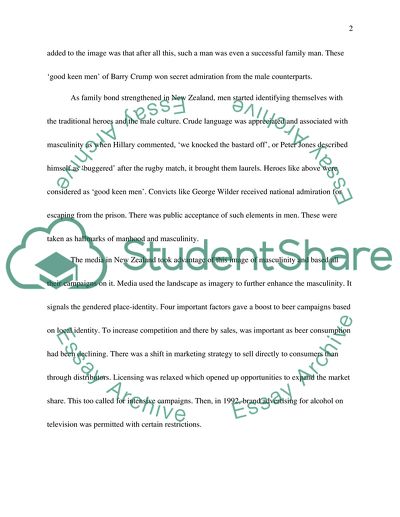Cite this document
(“Representation of New Zealand masculinity in beer advertising Essay”, n.d.)
Retrieved from https://studentshare.org/media/1536530-representation-of-new-zealand-masculinity-in-beer-advertising
Retrieved from https://studentshare.org/media/1536530-representation-of-new-zealand-masculinity-in-beer-advertising
(Representation of New Zealand Masculinity in Beer Advertising Essay)
https://studentshare.org/media/1536530-representation-of-new-zealand-masculinity-in-beer-advertising.
https://studentshare.org/media/1536530-representation-of-new-zealand-masculinity-in-beer-advertising.
“Representation of New Zealand Masculinity in Beer Advertising Essay”, n.d. https://studentshare.org/media/1536530-representation-of-new-zealand-masculinity-in-beer-advertising.


